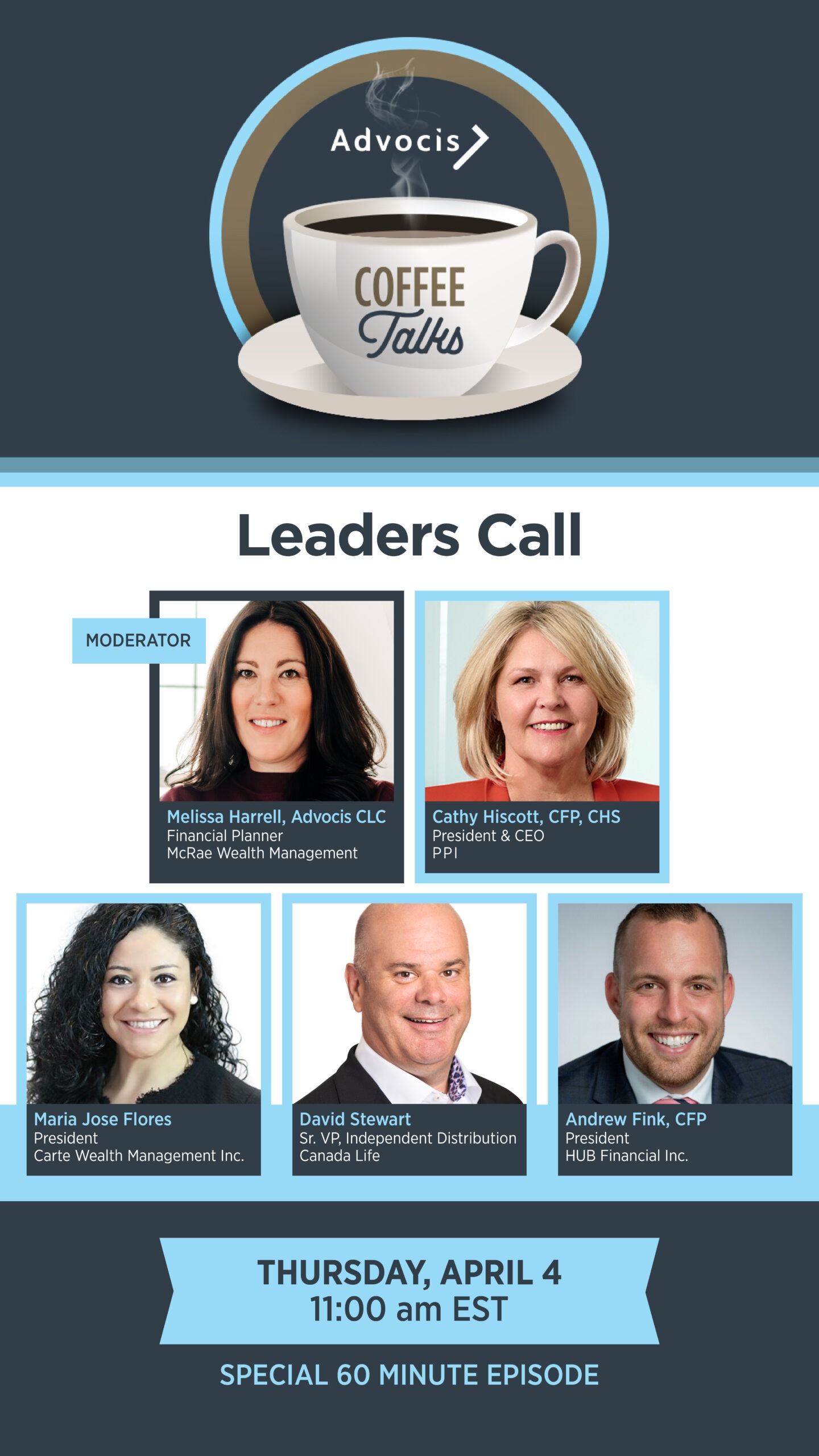By Doug Carroll
Summer radio and the “cottage country traffic report” always get me thinking of what might have been. You see, I was living at the family cottage the first couple years of my working life, thinking that maybe I’d buy the place off my parents. Alas, for a guy making entry-level wages, that was but a romantic dream.
However, for today’s first-time homebuyers, that out-of-town alternative may now be a realistic option compared to the galloping prices in some urban centres.
Whatever your choice of location, support programs and tax incentives are designed to help first-timers get going, including new offerings from the 2019 federal budget.
First-Time Home Buyers (FTHB) tax credit
Let’s start with what has not changed. The FTHB helps first-time homebuyers cushion some of the costs of purchasing a home. To qualify as “first-time,” you can’t have occupied a home that you or your spouse owned in the four years prior to the purchase.
It works indirectly in the form of a non-refundable credit against your income tax due in the year of purchase. While it’s often expressed as being $5,000, you have to multiply that amount by the 15 per cent credit rate to arrive at the actual tax reduction of $750.
First-Time Home Buyers Incentive (FTHBI) — *NEW*
Proposed in the 2019 federal budget, the FTHBI is a shared equity mortgage program through Canada Mortgage and Housing Corporation (CMHC) that will launch on September 2.
A first-time home buyer must first meet the minimum down payment for a CMHC-insured mortgage. The buyer would then apply to have CMHC finance a further portion of the home purchase cost: 10 per cent for a new home build, or five per cent for an existing home transfer.
With CMHC holding a shared equity interest, the required mortgage would be smaller, meaning lower mortgage payments for the buyer. No monthly payments would be required on the FTHBI, which would instead be repaid on sale of the property. The trade-off is that the CMHC would be entitled to a proportionate share of the growth in value.
The incentive is for buyers with annual household income under $120,000. The combined mortgage and incentive can’t exceed four times income. As yet, we don’t have a definition for “first-time,” but presumably it will be the same or similar to FTHB and home buyers’ plan.
RRSP Home Buyers’ Plan (HBP) — *UPDATED*
The HBP allows first-time homebuyers to make non-taxable RRSP withdrawals for the purpose of purchasing a home. To qualify as “first-time,” you can’t have occupied a home that you or your spouse owned in the four years prior to the withdrawal.
The 2019 federal budget increased the HBP withdrawal maximum to $35,000 from $25,000 per person. For a purchasing couple, that’s as much as $70,000 combined.
Normally, an RRSP withdrawal is taxable income, but not under the HBP. You must generally purchase by October 1 of the year following withdrawal. You then have up to 15 years to return the money to your RRSP beginning the second year after withdrawal.
It is critical that your clients who plan to use HBP understand the repayments are not deductible in those future years. If they don’t make them on schedule, they will still have to find the cash to pay the tax on the unrepaid amount, and they don’t get back that RRSP room. The decision to use the HBP should be made with a clear picture of the future cash flow needed to carry the property, including these repayment obligations.
Tax-free savings account (TFSA)
Our discussion would be incomplete without balancing the RRSP-HBP with the TFSA.
This year’s allotment of TFSA room moved up to $6,000, which cumulatively makes it $63,500 if you were 18 when it began in 2009. That’s before any investment growth.
Bear in mind that compared to the pre-tax nature of an RRSP, the TFSA is after-tax money. To illustrate, someone at a 30 per cent marginal tax rate could put a full dollar in an RRSP, but only 70 cents in a TFSA. In turn, the RRSP will eventually be taxed, but that could still be favourable if the person is under a 30 per cent tax rate (in this example) at withdrawal.
On the other hand, what makes the TFSA appealing is that the full account value is available for your down payment, without any required repayment or additional tax cost.
This is not to suggest that it is an “either-or” proposition between RRSP-HBP and TFSA. Many people make use of both — and now may also consider working the FTHBI into their planning. Once more, the key is to map out your client’s cash flow so they can choose a home that meets both their desired lifestyle and financial capacity.
Doug Carroll, JD, LLM (Tax), CFP, TEP, is practice lead for tax, estate, and financial planning at Meridian. He can be reached at doug.carroll@meridiancu.ca.








